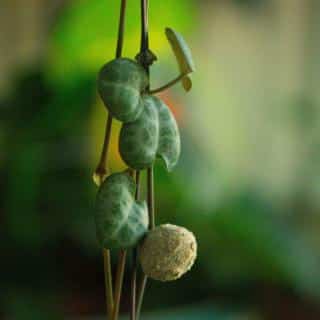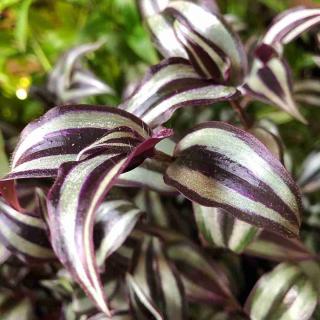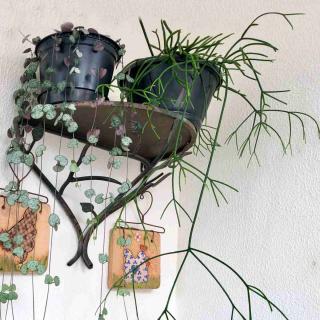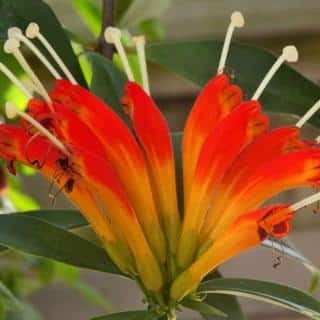

Why stay so down-to-earth? Nothing keeps you from looking up and reaching for the sky! What if you let yourself be seduced by hanging indoor plants?
Bringing your plants up also means lifting up your own eyes to admire them, helping them to feel at ease, planting with colors and surfaces. Like many others, we also have the goal of sharing to the public at large the joy of being surrounded by plants, and this site uplifts any plant that can turn into a live, natural decoration! Now, up to you to choose your hanging plants, to determine those that will dress up your interiors as autumn slowly plods near. Here is our own idea on the topic and offers a selection of plants that is quite interesting…

The Swedish scientist felt that this plant indeed looked like a fountain of wax. With its twisted stems as thin as string and its heart-shaped leaves with watery designs, this plant is a boon for creative imagination!
Ceropegia woodii tolerates luminous or slightly dark spots. It appreciates moderate watering and checking that the soil has dried out before watering again is recommended.

Tradescantia, or spiderwort, requires little water and doesn’t tolerate stagnating water. This plants appreciates it when the soil mix dries off before being watered anew. Mottled varieties must be placed in a luminous spot if you want to preserve the panache leaves, otherwise they’ll turn a monotonous green.
If the tip of the leaves turns brown, it means the soil isn’t moist enough.

Rhipsalis appreciates lightly sunny emplacements but doesn’t tolerate full sun. Let the soil dry off before watering. And if the tendrils extend too much, give the plant a haircut!

Fittonia, Codonanthe… These will all do great in hanging suspensions. Also, they’ll beautifully overflow from a well-thought hanging plant wall, you might want to try that idea out!